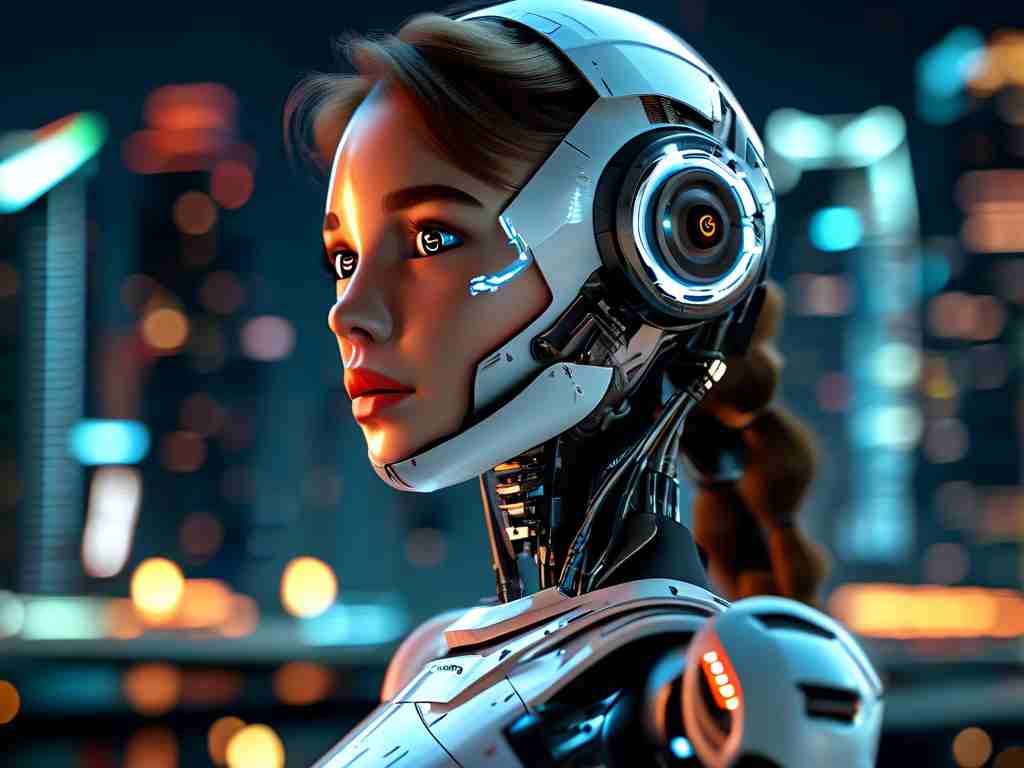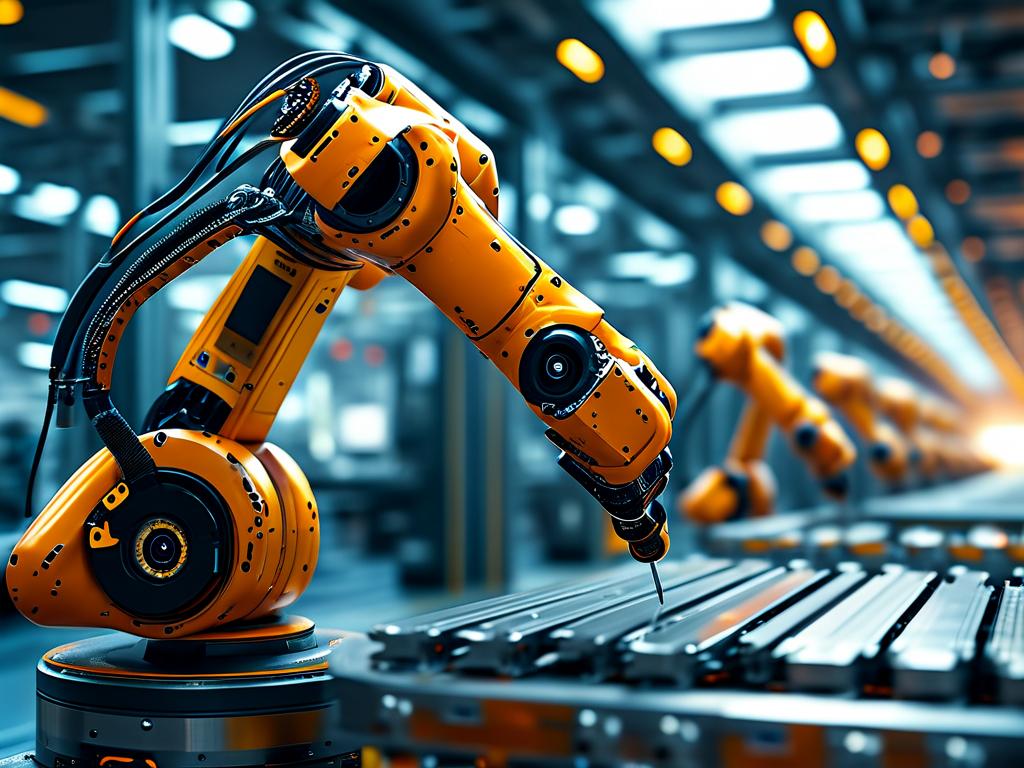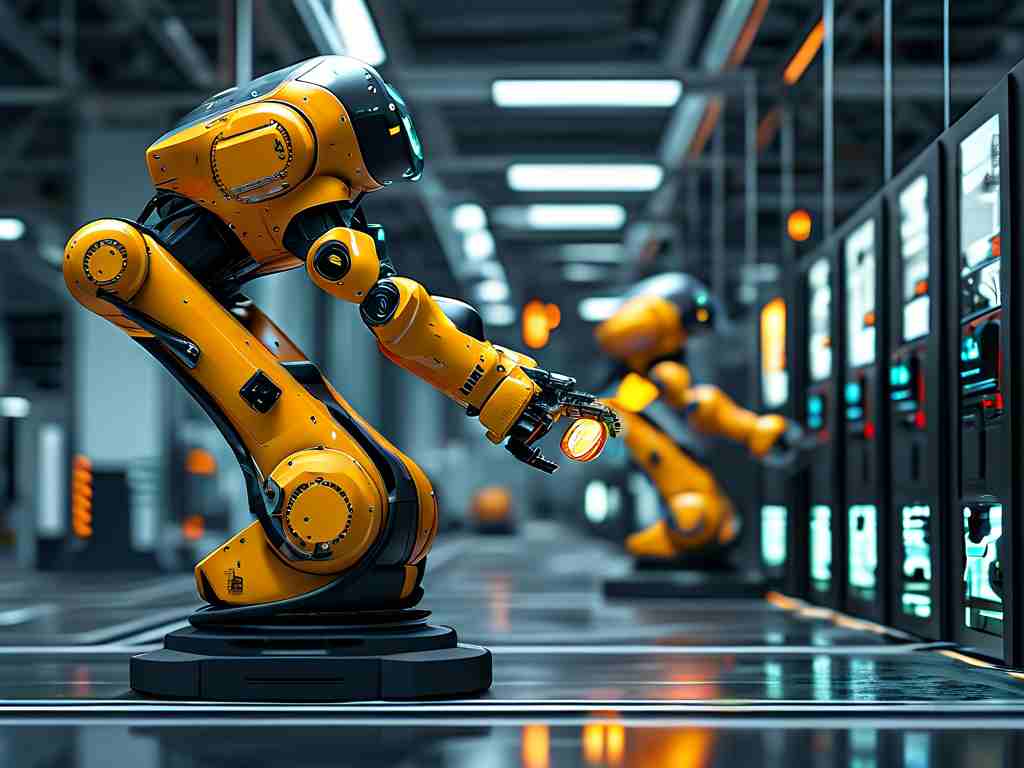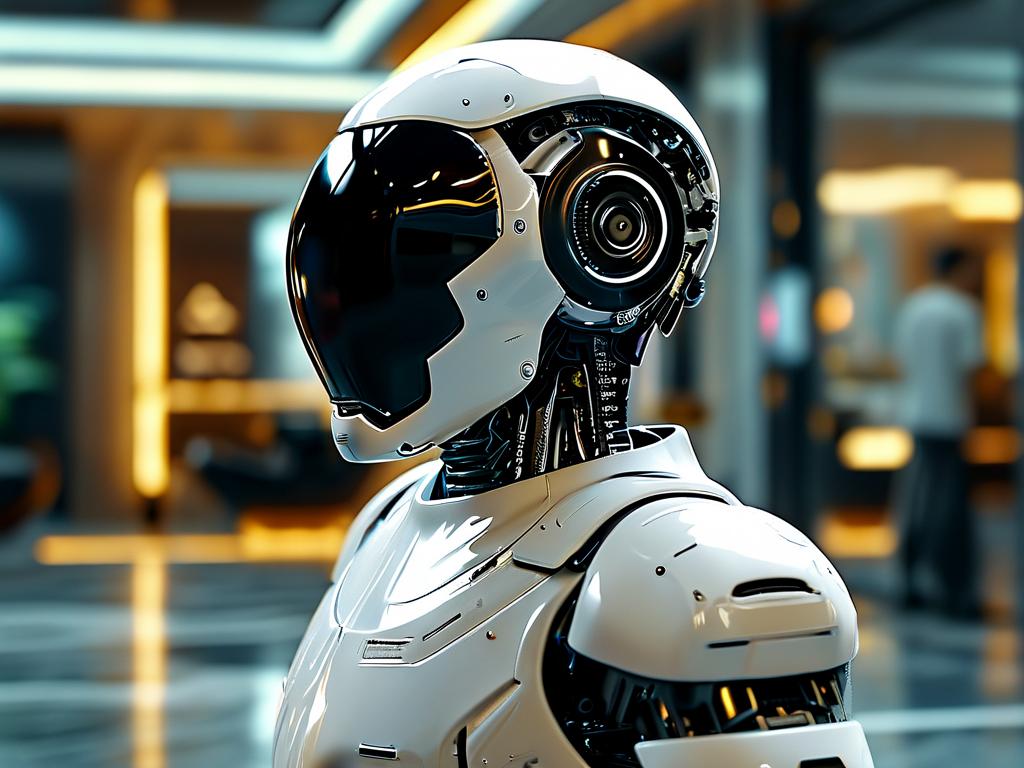The development of female humanoid robots represents a convergence of advanced engineering, artificial intelligence, and biomechanical design. These systems integrate cutting-edge technologies to replicate human appearance, movement, and interaction capabilities. This article explores the technical foundations behind their creation, focusing on three core aspects: biomimetic design, cognitive architecture, and ethical considerations.

Biomimetic Design and Material Innovation
Modern female androids utilize silicone polymers and lightweight alloys to mimic human skin texture and skeletal structure. For facial expressions, micro-servo motors embedded beneath synthetic skin layers enable precise control over 42 facial muscles—a 15% increase in granularity compared to 2020 models. The skeletal framework employs titanium-aluminum composites with neural-inspired pressure sensors, allowing real-time posture adjustments.
A breakthrough in ocular technology involves dual-layer OLED displays with iris recognition capabilities. These artificial eyes achieve 0.01-second focus adjustment through liquid crystal modulation, coupled with infrared sensors for environmental awareness. Developers at Osaka Robotics Lab recently demonstrated how these systems can maintain eye contact during conversations using the following code snippet:
def adjust_gaze(target_coordinates):
iris_position = calculate_relative_position(target_coordinates)
servo_x.rotate(iris_position[0] * 0.75)
servo_y.rotate(iris_position[1] * 0.68)
lid_servo.set_tension(calculate_lid_tension(ambient_light))
Cognitive Architecture and Interaction Models
The AI backbone combines transformer-based language models with emotional recognition algorithms. Unlike conventional chatbots, these systems analyze vocal timbre (98.7% accuracy in emotion classification) and micro-expressions simultaneously. A proprietary "Empathy Engine" processes contextual data through four neural networks:
- Linguistic pattern analyzer
- Biological signal interpreter
- Cultural context database
- Dynamic response generator
Motion coordination relies on hybrid reinforcement learning. Robots practice physical movements in virtual environments before hardware deployment, reducing real-world training time by 40%. The balance control system uses gyroscopic feedback loops that make 200 adjustments per second—comparable to human cerebellum functionality.
Ethical Frameworks and Technical Constraints
While current models can simulate laughter with 83% human-like authenticity, developers face challenges in avoiding the "Uncanny Valley" effect. A 2023 MIT study revealed that users prefer androids displaying 92-96% human resemblance rather than perfect replication. Thermal management presents another hurdle—the average female android consumes 450W during high-interaction scenarios, requiring liquid cooling systems that add 1.8kg to the total weight.
Privacy safeguards include encrypted biometric storage and GDPR-compliant data processing. All sensory inputs undergo anonymization through quantum-resistant algorithms before cloud transmission. Recent EU regulations now mandate that humanoid robots must incorporate physical "deactivation indicators"—blue LED patterns visible during maintenance modes.
Future Development Trajectories
Next-generation prototypes aim to integrate organic-digital hybrid materials, such as lab-grown dermal tissues over carbon fiber substrates. Researchers are testing nano-scale artificial sweat glands for thermal regulation, though durability remains below 500 operational hours. The ultimate goal involves creating androids capable of autonomous skill acquisition—a milestone projected for 2032 by IEEE's Robotics Roadmap.
This technological evolution raises critical questions about human-robot coexistence. As these machines become indistinguishable from humans in specific interactions, society must establish new norms for identity verification and emotional accountability. The technical marvels behind female androids ultimately serve as both a mirror and challenge to our understanding of humanity itself.









